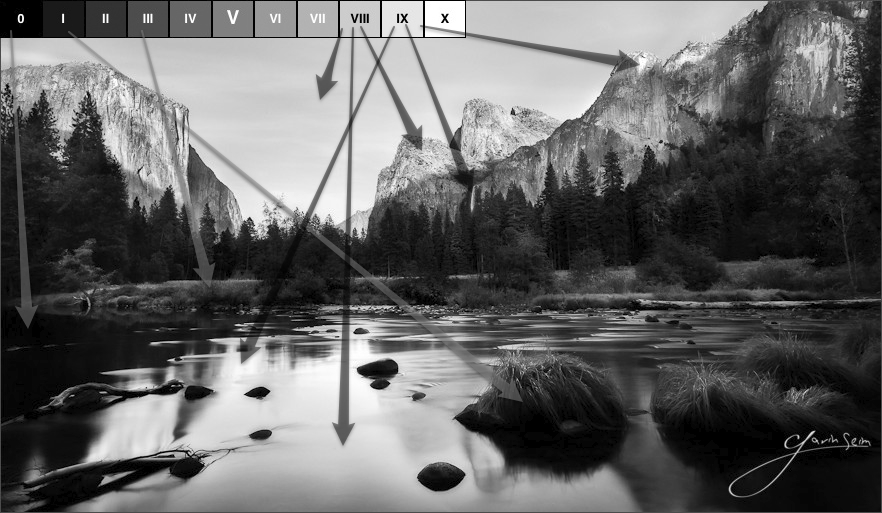
A few people think of me as a cranky old photographer who picks on newbies. This is probably because I’m pretty blunt, and I’ve written articles like A Style & Why Most Photographers Don’t have One and Stop Camera Abuse.
They have just not gotten to know me. Truth is, I’m just a guy in my late twenties, and it was not that long ago that I was starting out. I know what it’s like. I study a lot, know a lot of the hassles that can be avoided, and I see what’s happening in photography today. So I won’t simply play the part of a feel-good guy who says everything is great no matter what. We all deserve honesty.
Encouragement is a valuable thing, but there’s a lot of patting on the back going on because people don’t have the guts to be honest with their peers. In the end, the truth often comes out in the fact that they can’t make it in business. I say going bankrupt is terrible way to realize how hard photography is. Best to get to the hard truths right off, so you can make a business plan that works.
So that said, here are some thoughts–some observed, some learned the hard way–for newer and aspiring photographers. I’m going to be a little blunt, so don’t take it personally. It’s OK to be starting out. But you deserve honesty, and that’s exactly what you’ll get today.
It’s not like it was. Let’s face it. The standard of excellence is higher than ever. Everyone is doing photography. Yes, you can learn to take “good” photos pretty quickly. But so can everyone else. And with so many people doing just that, nearly as many trying to go into business, and a lot of those working for next to nothing, the market is totally saturated, and the value of photography has been driven to an all time low. But don’t lose heart. There is a market, but you need a brand and something with unique value to offer. You’ll need quality, personalty, and business skill to boot, or you’ll just be working for peanuts producing the same stuff everyone else is.
1. Take the Time.
You won’t be Ansel overnight. Don’t stress about it. Becoming a really experienced photographer takes training–a lot of it. It will not happen overnight. It probably won’t even happen in two or three years. Not that you won’t be taking good photos in that time, but don’t expect them to be the most amazing things every time. If you want to rise above just keep getting better. Keep training. Because you can, and you’ll feel great about that progress.
2. Don’t Rush Into It.
Make a clean, simple site where you can show your work and get feedback. Then keep at it, but take it easy. Don’t feel like you have to rush out and book gigs. It’s OK to be a photographer for the sheer joy of it, just learning, sharing, and having fun. As soon as you start hiring out, you’ll have to spend more time managing a business than making great photos. A lot more. In many ways, it’s actually less enjoyable when it becomes a job, even if you still love it.








